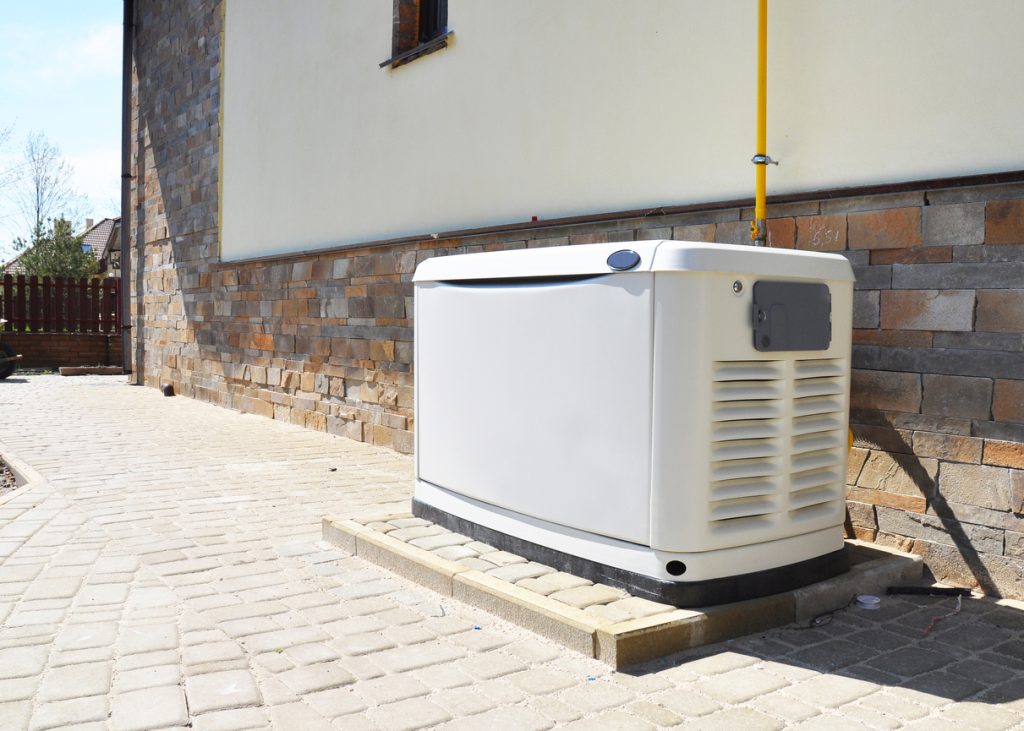Compared to winter months, the cost of electricity during summer generally rises due to increased demand. This is part of the fundamental economic principle of supply and demand. The prices adjust based on consumers’ needs, creating a balance between what is available versus what is needed. During summer, houses need more energy for cooling, leading to a greater demand for electricity. Also, with school-aged children off for summer break, electricity use from other devices also goes up, creating even more demand.
While rates are typically lower in the winter, there is also a significant demand for electricity during the cold months, so rates aren’t at their lowest then either. In fact, fall and spring are typically the times when most homeowners see their lowest rates. Regardless of the season, there are several factors that affect electricity costs. Some of these factors include the following.
Cost of Production
Production cost is a major deciding factor in any industry’s success. With each season, the cost of electricity changes drastically. The current price of fuel can greatly influence the cost of production. The operation and maintenance costs of power plants and distribution centers can also drive up electricity costs.
Weather
During the winter, bad weather presents the risk of power outages in many households. Not only does this mean surviving without electricity for a few hours, but the cost of that electricity could also rise due to the outages.
Local Regulations
Depending on where you live, you may pay more or less for your electricity. Some states have public utilities that fully regulate all electricity prices related to production, distribution, transmission, and even generator use. Other states use a combination of regulated and unregulated prices. Some counties and local municipalities implement additional regulations that can affect electricity pricing year-round.
Time of Day
In addition to the season, electricity prices fluctuate throughout the day. Like seasonal fluctuations, time-of-use (TOU) rates are based on demand. Hours of the day with less demand come with lower electricity rates. Typically, rates will be lowest from around 10 p.m. to 5 a.m., when most people are sleeping. Peak rates are charged during the hours when most people are working or spending time relaxing at home.
How Can You Reduce Your Electricity Costs
No matter the time of year, you can take steps to cut down on your electricity bills. To reduce your electricity consumption and save money on your bills, here are some tips:
- Depending on the time of year, you can lower or raise the temperature on your thermostat by 2 or 3 degrees. This slight change can save you up to 10% on your energy bills.
- Use cold water for laundry instead of hot water; water heating also accounts for a significant portion of electricity use in the home.
- Unplug electronics when not in use because they still consume power if plugged in, even when switched off.
- Invest in insulation materials for windows and doors to keep hot and cold air out and conditioned air in; this will reduce the energy needed to keep your home comfortable.
- Install a programmable thermostat that allows you to set different temperatures at different times.
- Close curtains and blinds to keep conditioned air from escaping through windows; this also helps to block out the cold and hot air.
Are you interested in learning more about electricity rates and how you can save money? If you are a resident of San Angelo, TX, contact Legacy Electric for services ranging from solar installation and electrical panel upgrades to lighting improvements and generator replacements.

